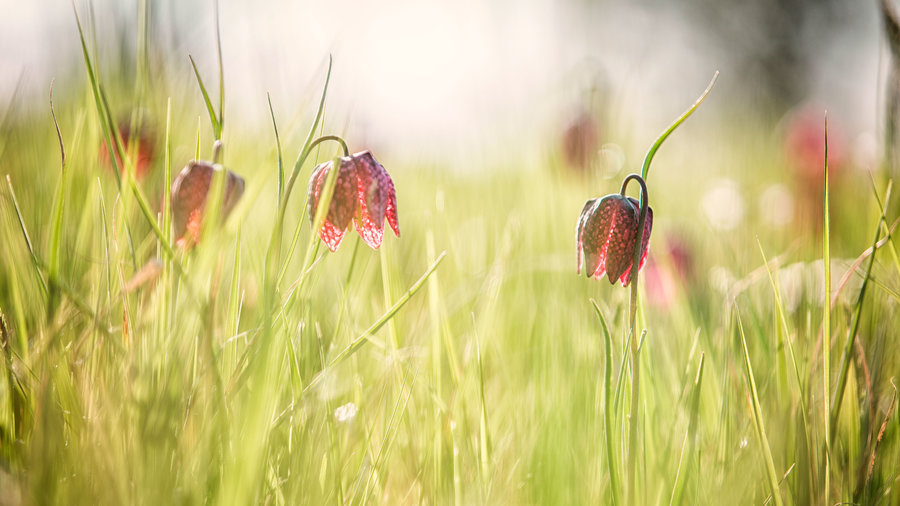
Stems
Stems form the backbone of plants

When stems are pruned or pinched back, the growth pattern of the plant is affected. If a terminal bud is removed, the growth of lateral buds is stimulated and the plant becomes bushier. But if lateral buds or branches are removed, growth is channeled into the terminal bud and the plant becomes taller or longer.
In some plants, growth buds may remain dormant in the stem (or in the bark covering it) for many years. These latent buds begin to grow only after the tissue above them is removed by pruning or injury.
Through their complex vascular system, stems transport the water and nutrients absorbed by the root hairs to the aboveground parts of the plant. They likewise conduct the sugars that are manufactured by photosynthesis in the leaves to other parts of the plant.Stems are also support structures. They are often quite rigid, with cell walls stiffened by cellulose, lignin, or similar substances. In trees and shrubs, the interior dense heartwood serves solely for support, having outlived its former conductive or storage functions. In vining plants, the stems are so long and thin that not even woody tissue can hold them erect. Such plants have developed twining stems, tendrils, coiling leafstalks, or suction (holdfast) discs that enable them to carry leaves and flowers up to the light. Many herbaceous plants (those with soft, nonwoody stems) don’t form enough rigid tissue to stand upright and often are staked in gardens to keep them from sprawling on the ground.
Another stem function is to stockpile food that will tide the plant over during dormancy, get growth started in spring, and help seeds develop. Food moves through the plant in the form of sugars; when stored, these are converted to starch. When growth resumes after dormancy, the stored starch is changed back into sugars and once again circulates through the plant. Many familiar garden plants do not have permanent aboveground stems to store food. Their storage depots are, instead, roots or specialized underground or modified stems such as bulbs, corms, rhizomes, or tubers.